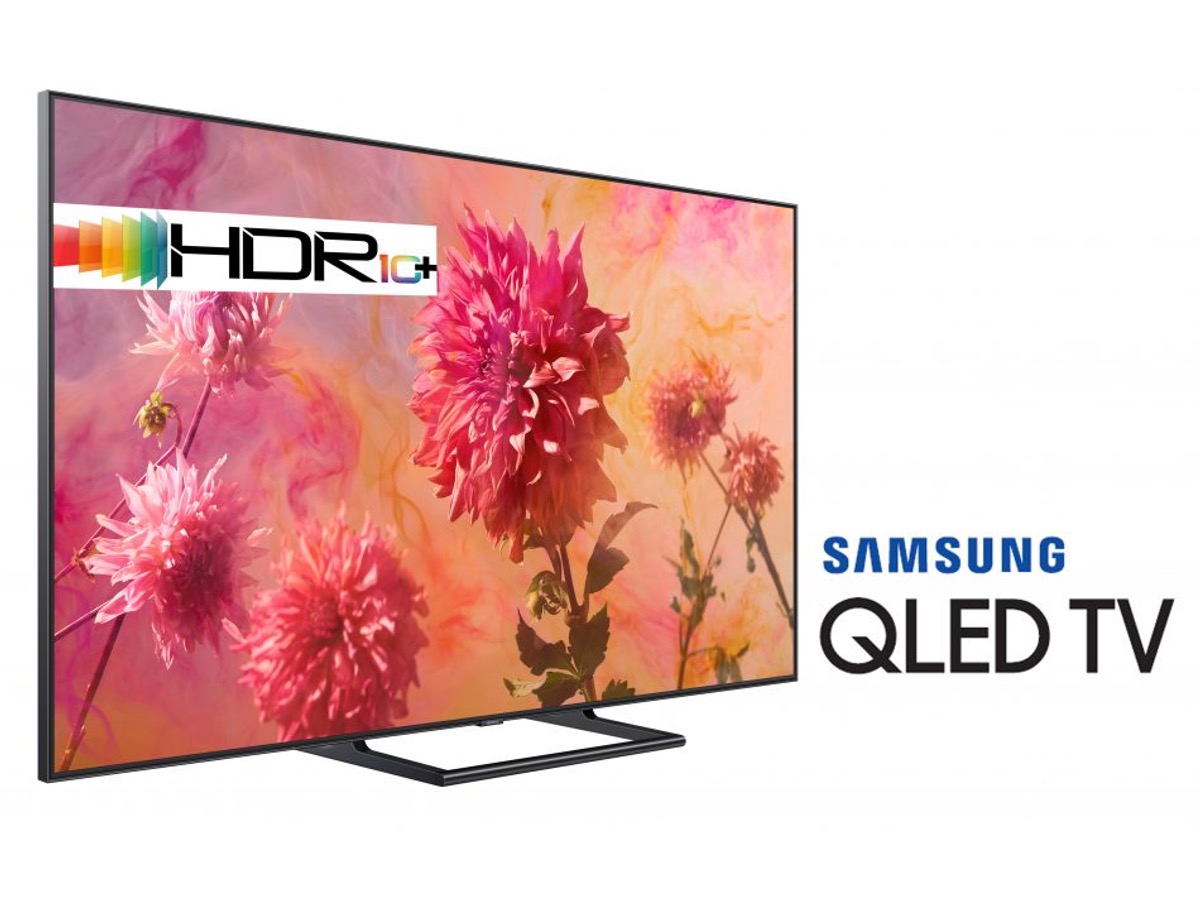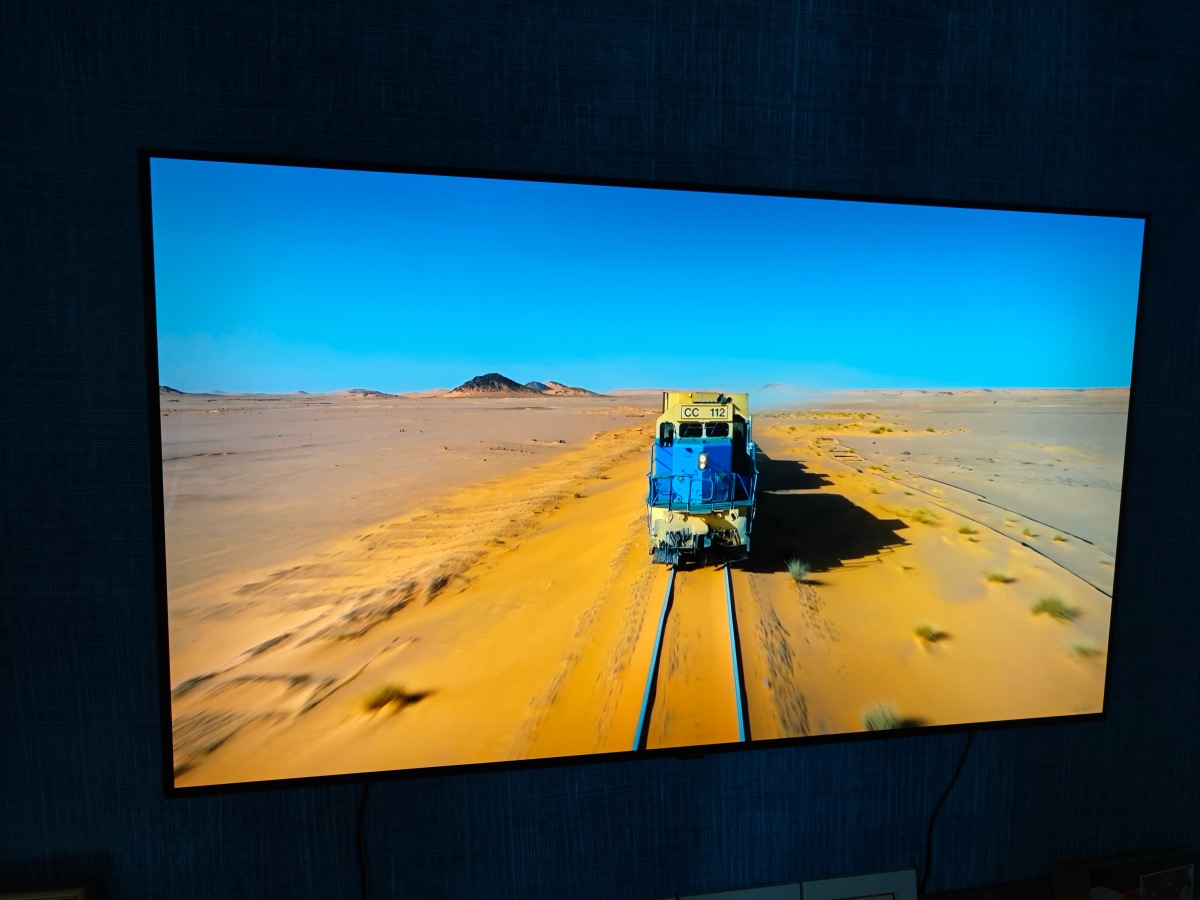Pretty much every big-screen television around today is an Ultra-HD option with support for high dynamic range content. What’s more, the price of these televisions is a lot more varied, giving you options in various budgets ranging from affordable to very high-end. While most big-screen TVs do support HDR content, there’s a bit to decipher when it comes to the various HDR formats on offer, and it makes sense to put a bit of thought and effort into your choice of TV based on this.
There are three major HDR formats for televisions in India - Dolby Vision, HDR10+, and HDR10. Different televisions support different formats, so you will have to base your choice on not only the TV brand you like, but also on the content you expect to watch on your new TV. Read on to find out everything you need to know about the various high dynamic range formats for Ultra-HD TVs.



